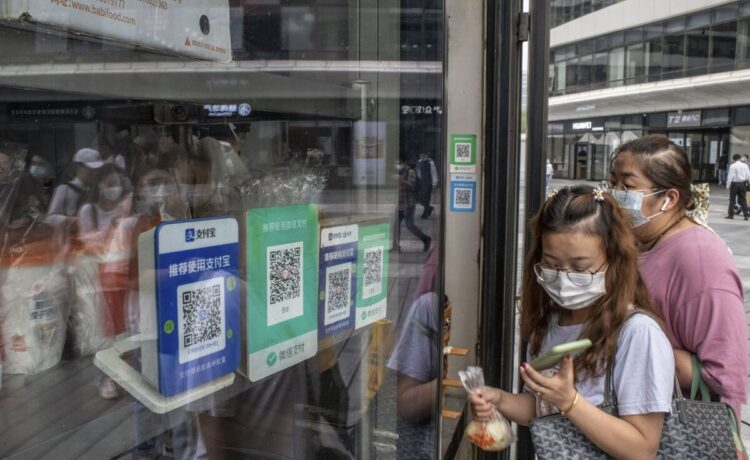Money is undergoing its biggest reinvention in centuries. With many consumers abandoning physical cash and cryptocurrencies evolving fast, central banks are on the move to ensure they don’t fall behind on innovation. The goal is a digital form of legal tender that can compete with private-sector alternatives by being safer and cheaper to use. While many countries including the US haven’t decided if they want to introduce a central bank digital currency, some are acting faster. China has rolled out its digital yuan already to 260 million users.
They’re not so different, at least on the surface, from keeping money in a bank account and using plastic cards, smartphones or fintech apps to send it electronically into the world. The key difference to popular digital means of payment is that central-bank money — whether it’s cash or a figure on a screen — is ostensibly risk-free while commercial bank deposits aren’t. In theory, the money you hold in a bank account is convertible into paper cash on demand. In reality, that’s subject to the health of the bank and its liquidity, meaning consumers might not always be able to access their balance and can lose money if a bank goes bust. CBDCs, like cash, would be a direct liability of the central bank, carrying its guarantee presumably for at least as long as the country behind it lasts.


